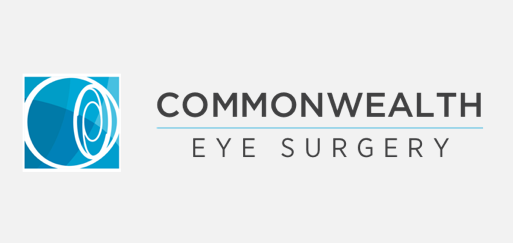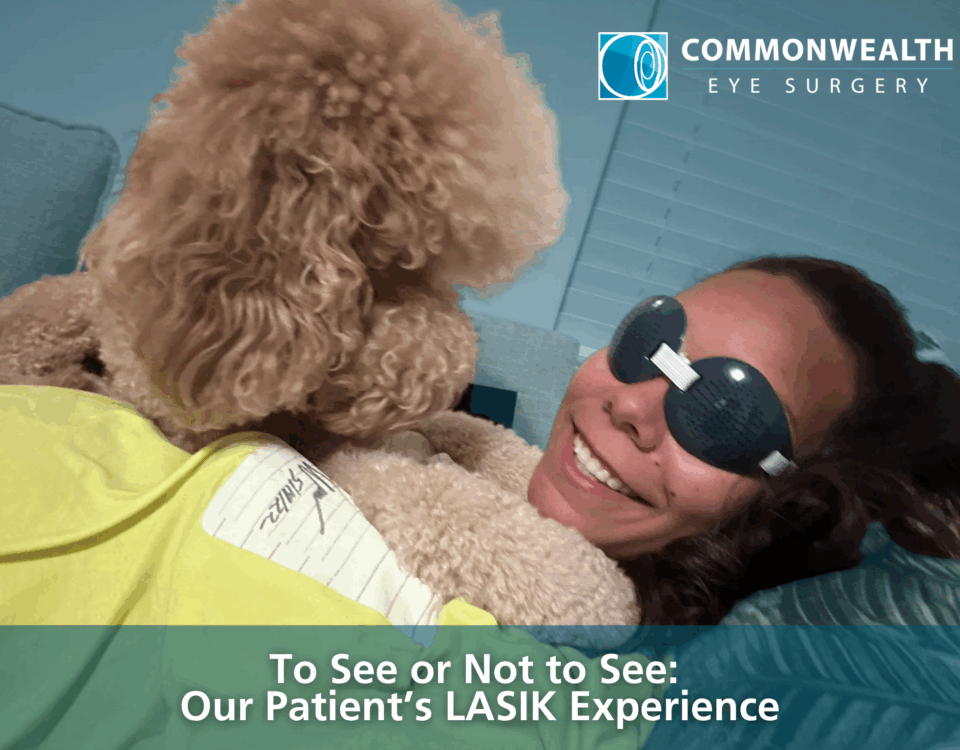
The Wonders of Catalys Precision Laser Cataract Surgery
June 17, 2013
Can lack of sleep hurt your vision?
July 1, 2013LASIK has been around for over 20 years and we’ve come a long way in making it a standard procedure that’s safe and effective at correcting vision. You probably know at least one person who’s had LASIK but are you curious about how exactly it works? We think that knowing the facts sets the mind at ease. Here’s a quick explanation of what LASIK really is, how it works and what you can expect during your procedure.
First of all, the term LASIK stands for Laser Assisted In-situ Keratomileusis. It’s currently the most popular laser refractive procedure in the world. “Refractive” surgery is a process that reshapes the cornea (the clear window of the eye) to correct nearsightedness, farsightedness and astigmatism.
During the LASIK procedure, we create a small flap of corneal tissue about the thickness of a contact lens and fold it back to expose the underlying tissue, or stroma, of the cornea. By creating the flap and keeping the overlying tissue undisturbed, the corneal immune system is essentially “fooled”, resulting in a minimal amount of inflammation and discomfort. The exposed corneal tissue is then ablated with the excimer laser in order to alter its shape. After the ablation is completed, the flap is repositioned onto the corneal surface where it seals without the need for sutures.
What to expect during and after LASIK
LASIK procedures take approximately 10 minutes per eye and the only discomfort has been described as “moderate pressure on the eye.” Following your surgery, we ask that you protect your eyes with shields and keep them closed for the first several hours after the procedure. You will be prescribed antibiotic drops for the first 5 days after surgery.
Patients are usually seen at one day, one week, one month, and 6 months. Many patients are stable at one week and sometimes do not feel the need to return for their remaining evaluations. However, each of these post-operative exams is important in tracking the healing process. This helps ensure that you achieve your visual expectations and underlines our commitment to excellent refractive surgery outcomes.
LASIK Technology
At Commonwealth Eye Surgery we use only the best technology available. We were selected by Bausch and Lomb as the Kentucky flagship for the introduction of their Technolas® 217z Excimer Laser, and were the first practice in the Commonwealth to offer flying spot technology.
By our standards the Technolas® 217z is the best laser for LASIK available today. Technolas dynamically tracks all movement of the eye 100 times per second during the procedure, virtually eliminating concerns of suboptimal treatment due to misalignment. And most impressively, the Technolas through Zyoptix software maps the unique wavefront of your eye, creating a true custom treatment pattern to maximize your visual potential.




